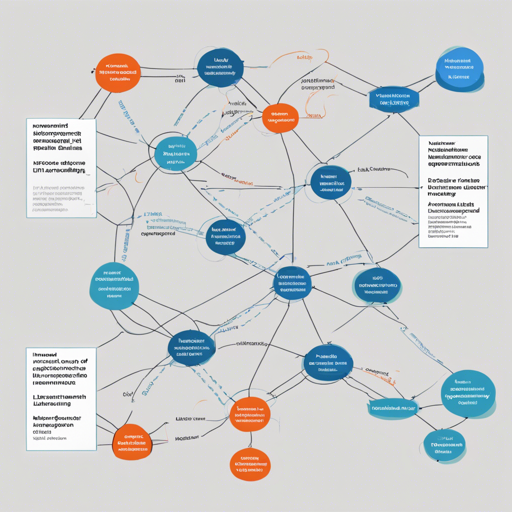Welcome to your beginner's guide on using Magika, an innovative AI tool designed for file type detection utilizing deep learning technology. Whether you are a developer or a curious user, this article aims to provide you with comprehensive steps on how to install and...
Preparations for DSAIMLQuant: A Guide for Aspiring Data Scientists and AI Practitioners
In the ever-evolving landscape of data science, artificial intelligence (AI), and quant development, the competition is fierce. Preparing effectively can be the difference between landing that dream job or being left in the dust. This article serves as your roadmap...
How to Use Generative Compression for Image Compression with TensorFlow
This article will guide you through the process of implementing learned image compression using Generative Adversarial Networks (GANs) as described by Agustsson et al. in their paper, Generative Adversarial Networks for Extreme Learned Image Compression. It offers a...
Getting Started with ESPNetv2: A Guide to Efficient Semantic Segmentation
Welcome to the world of ESPNetv2, a lightweight and power-efficient convolutional neural network designed for general purposes like object classification and semantic segmentation. This article will guide you through the steps you need to take to set up and implement...
How to Generate Shapes from Point Cloud Data Using Gradient Fields
Welcome to an exciting exploration of how to generate 3D shapes from point cloud data! In this blog, we will guide you through the process of implementing the method described in the paper Learning Gradient Fields for Shape Generation. Introduction Imagine crafting a...
How to Implement the LSR Model for Document-Level Relation Extraction
In this article, we're going to delve into the Latent Structure Refinement (LSR) model as implemented in PyTorch. This model, which was presented in the 2020 ACL paper "Reasoning with Latent Structure Refinement for Document-Level Relation Extraction," is designed to...
How to Use the Nash-Detect Code for Robust Spammer Detection
Welcome to the world of spam detection, where we strive to craft a seamless environment free from unwanted digital intrusions. The Nash-Detect code, devised for KDD 2020 by esteemed researchers, utilizes Nash Reinforcement Learning to train a robust spam review...
How to Rapidly Build High-Quality Agent Apps with AgentKit
If you are looking to streamline the development of agent applications, look no further than AgentKit. This comprehensive toolkit developed by BCG X leverages LangChain technologies to simplify the creation of agent apps. Let’s dive into how you can get started and...
How to Use the Contributions Importer for GitHub
In the realm of software development, GitHub is a paramount platform where contributions are showcased and valued. But what if you have contributions in private repositories or on other platforms? Enter the Contributions Importer for GitHub—the tool that acts as the...









